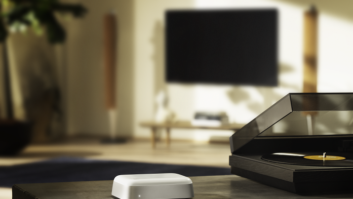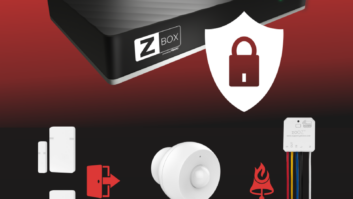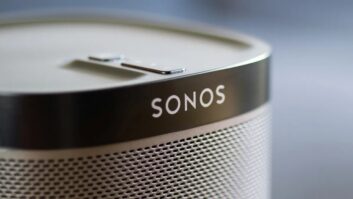Back in October 2009, when Verizon unveiled its first Motorola-made Droid-brand Android phone, Google shocked the navigation world by incorporating free Google turn-by-turn driving instructions.
Six years later, portable navigation device (PND) sales have lost their way. North American retail-level sales of PNDs fell 17 percent in the first quarter to 700,000 units, TomTom recently said in reporting its first-quarter financial results. In calendar 2014, North American PND unit sales fell 23 percent to 4 million units, slightly less than 2013’s 26 percent drop, TomTom previously said.
Compare that to 2009, when ABI Research found PND shipments to U.S. retailers at a peak of 16.3 million units, accounting for $3.4 billion in factory-level sales.
For years, PNDs had the navigation edge, thanks to bigger screens (the original Droid had a 3.7-inch WVGA touchscreen) and more sophisticated features. But that was then. Smartphone screens have grown to more than 6 inches, and the popular iPhone 6 Plus sports a 5.5-inch screen.
Not only that, but smartphones pack processors far more powerful than those in PNDs, making a phone’s navigation app faster to boot up, faster to use, more responsive to touch, quicker to reroute, and quicker to do most anything compared to PNDs. The Samsung Galaxy S6, for instance, packs a 5.1-inch screen and 64-bit octacore processor running at 4×2.1GHz plus 4×1.5GHz. It’s only $199 at Verizon with two-year contract. The mid-end Moto E with LTE features 4.5-inch display and 1.2GHz quad-core processor goes for $149 unlocked.
One high-end $229-suggested 7-inch PND from a major manufacturer at an 800MHz Cortex A9 processor, the company’s web site shows. (I can’t tell if its single- or dual-core.), Acer’s first U.S.-market phone, in contrast, costs only $79 unlocked and features 1.2GHz dual-core processor, though its screen size is only 4 inches.
Going back to 2009, the Motorola Droid with 600MHz single-core processor was almost as powerful as the aforementioned high-end $229 PND.
When I’m heading out on a short trip to a local destination with which I’m unfamiliar, it’s simply quicker to whip out the phone and plug in my destination compared to taking the PND out of my glove box, turning it on, waiting for it to boot up, and plugging in my destination. Now I do that on the phone, which is already turned on, before I get in the car.
PNDs, however, still have a spot in my glove box. My phone’s screen still isn’t as big as my PND screen, and I want to receive and initiate calls while continuing to navigate (via hands-free, of course).
I’m keeping my PND and will replace it when it breaks.













